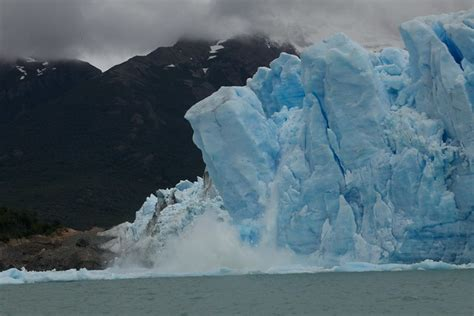Because a lot of that ice is currently sitting on land. When it melts, it will go into the ocean. From the National Snow and Ice Data Center Page (NSIDC), Facts about glaciers:
Presently, 10 percent of land area on Earth is covered with glacial ice, including glaciers, ice caps, and the ice sheets of Greenland and Antarctica. Glacierized areas cover over 15 million square kilometers (5.8 million square miles).
Glaciers store about 69 percent of the world's fresh water.
If all land ice melted, sea level would rise approximately 70 meters (230 feet) worldwide.
Also, just because melting sea ice doesn't directly contribute to rising sea levels, doesn't mean it isn't still a factor. From another NSIDC article, What are the impacts of Arctic sea ice loss?:
Sea ice loss contributes to Arctic amplification
Light-colored surfaces, like sea ice, have high albedo, meaning they reflect most of the sunlight that reaches them. Dark surfaces, like the surrounding ocean water, have low albedo.
At the height of summer, when the Sun shines relentlessly on the Arctic Ocean, exposed ocean water absorbs nine times as much solar radiation, if not more, than sea ice does. Before ice can form again in the fall, the ocean must release the absorbed heat into the atmosphere. The loss of sea ice warms the Arctic, contributing to a phenomenon known as “Arctic amplification” where the Arctic warms at a faster rate than lower latitudes. [...]
Does sea ice loss raise sea levels?
Just as sea ice absorbs wave energy and reduces wave action along shorelines, sea ice reduces wave action on ice, namely ice shelves (thick slabs of ice attached to coastlines that float over the ocean surface) and water-terminating glaciers. Increased wave action caused by sea ice retreat can flex and bend these ice bodies, increasing the possibility of retreat. Glaciers that have lost their ice fronts tend to flow faster, and because this process introduces a body of ice into the ocean that was not there previously, it raises sea level.
